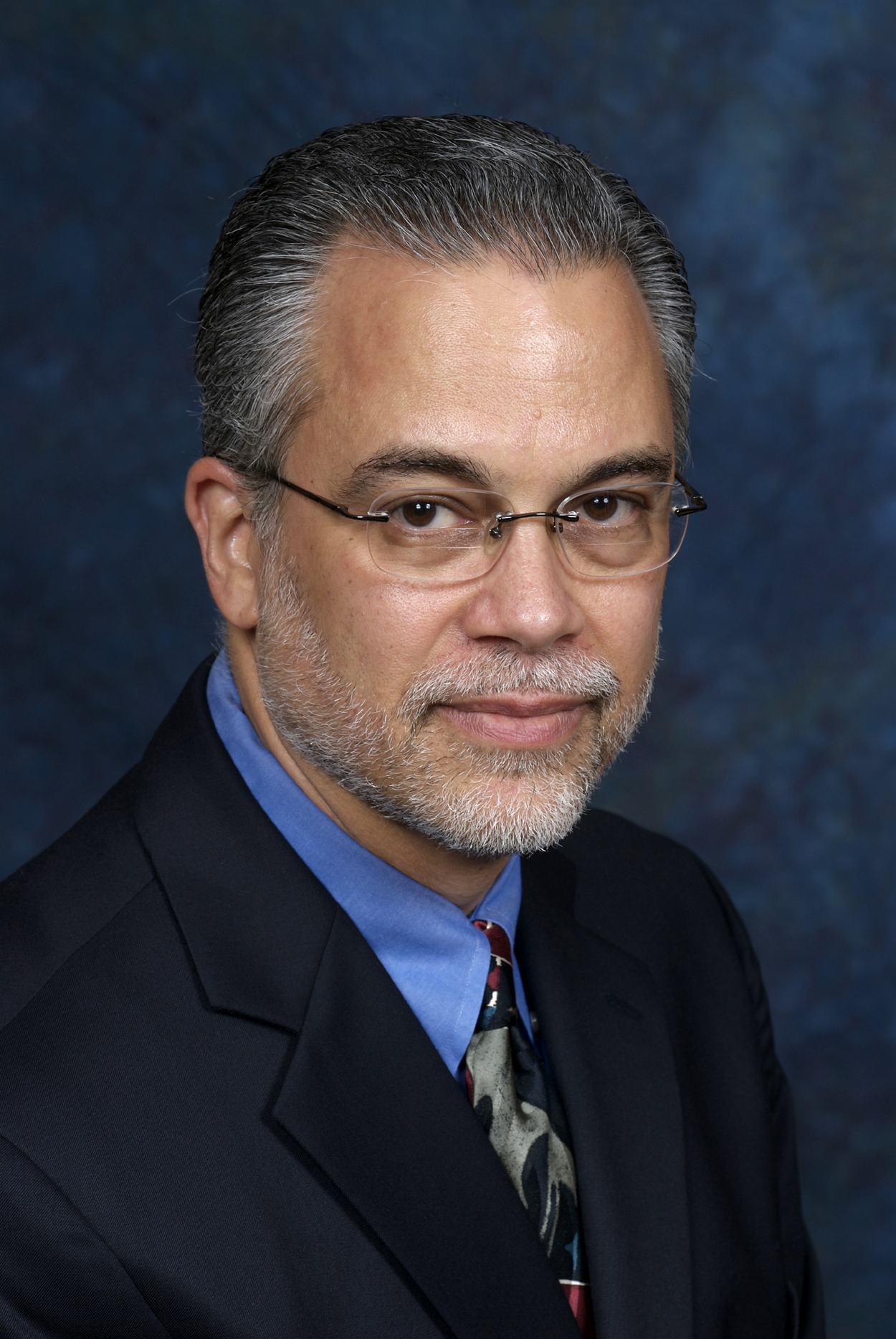We soon celebrate Shavuot, called in our tradition “zman matan Torataynu,” the season of the giving of our Torah. It is a pleasant coincidence that the Torah reading for the Shabbat immediately preceding Shavuot is usually ”BaMidbar” (“In the wilderness”). Rabbinic tradition asserts that the Torah was given in the wilderness to demonstrate that it was not the property of a landed tribe but rather was available to anyone who chose to claim it as theirs.
In addition to the dazzling narrative of the revelation of the Torah (Exodus 19-20) read on Shavuot morning, there is a wonderful additional story which is coordinate with the holiday. The Book of Ruth, one of the five megillot (scrolls) found in the Bible, is assigned to this holiday. (The others are: Song of Songs/Pesach, Ecclesiastes/Sukkot, Esther/Purim, and Lamentations/Tisha B’Av.)
Ruth is the Moabite daughter-in-law of an Israelite woman named Naomi. When Naomi, Ruth, and her sister-in-law Orpah are all widowed within a brief period, Naomi urges the daughters-in-law to leave her and go find new husbands. Orpah does so, but Ruth pledges herself to Naomi with these words: “wherever you go I will go, wherever you lodge I will lodge; your people shall be my people and your God shall be my God.” (Ruth 1:16)
Based on this pledge, and subsequent developments in the story of Ruth that result in her eventual marriage to an Israelite man named Boaz and her becoming the progenitor of a family line that eventually will produce (King) David, rabbinic tradition reckons Ruth as the first “convert.” But the religion of ancient Israel up to the fall of the first Temple in 586 BCE does not provide for what we know as “religious conversion.” Rather, one could live among the national Israelite community by virtue of taking up residence in the land of Israel and abiding by the rules and regulations.
Perhaps the best analogy may be an immigrant who takes up permanent residence in the U.S., and has the green card which enables her/him to live among and work in the population. Compliance with the laws of the land is expected. But full citizenship is withheld unless and until one declares one’s willingness to swear allegiance. Ruth, of course, makes just such a declaration, suggesting that she is not a resident alien but a member of the people.
What later Judaism calls “conversion” — the formal study of Jewish belief and practice accompanied by immersion in a mikveh-pool (and circumcision for males) — does not appear to exist in the period in which the story of Ruth is set. That form of conversion seems to appear in the period following the Jewish return from Babylonian exile (520 BCE and afterwards).
Ruth’s story is both touching and noble; it speaks of the centrality of “hesed,” meaning fidelity, loyalty, reliability, stability, trustworthiness. Ruth binds herself to Naomi, binds herself to to a people, and through her acts of kindness as well as of courage she becomes an exemplar of decency and vision.
Shavuot becomes the occasion for reading Ruth because of the rabbinic connection between Torah and identity. Shavuot affirms that the Torah and the Jewish people are not closed systems, but rather are (potentially) universal systems which welcome all who in sincerity and faith pledge their fate with that of the Jewish people.
Curiously, Ruth’s declaration places joining the Jewish people before affirming the God of Israel. This raises the question of what metaphor we employ to understand conversion. Conversion to Judaism is often misunderstood to mean affirming the faith of Jewish religion, as if “Judaism” and “Jewish religion” were synonymous. Under this metaphor, one becomes “Jewish” by declaring faith in one God and in the Torah. The operative verb here is “believing.”
But a better, more accurate, metaphor should be “citizenship.” One who converts joins the Jewish people, taking on the culture, history, traditions, and rituals of Judaism as well as the faith of Jewish religion. The operative verb here is “belonging.”
Much debate exists in our Jewish community about the wisdom of devoting communal energy, staffing and resources to programs of “outreach” designed to increase the number of converts to Judaism. Some believe this to be a religious imperative, others see it as diluting scarce resources needed to shore up the dwindling core community of affirmative Jews.
The story of Ruth, which suggests that no less a personality than (King) David descended from someone who chose to join the Jewish people, and the rabbinic understanding that Ruth is the paradigm of the righteous convert, suggest that efforts to welcome those who seek affiliation with the Jewish people may be among the most meaningful work we as a community can do.








